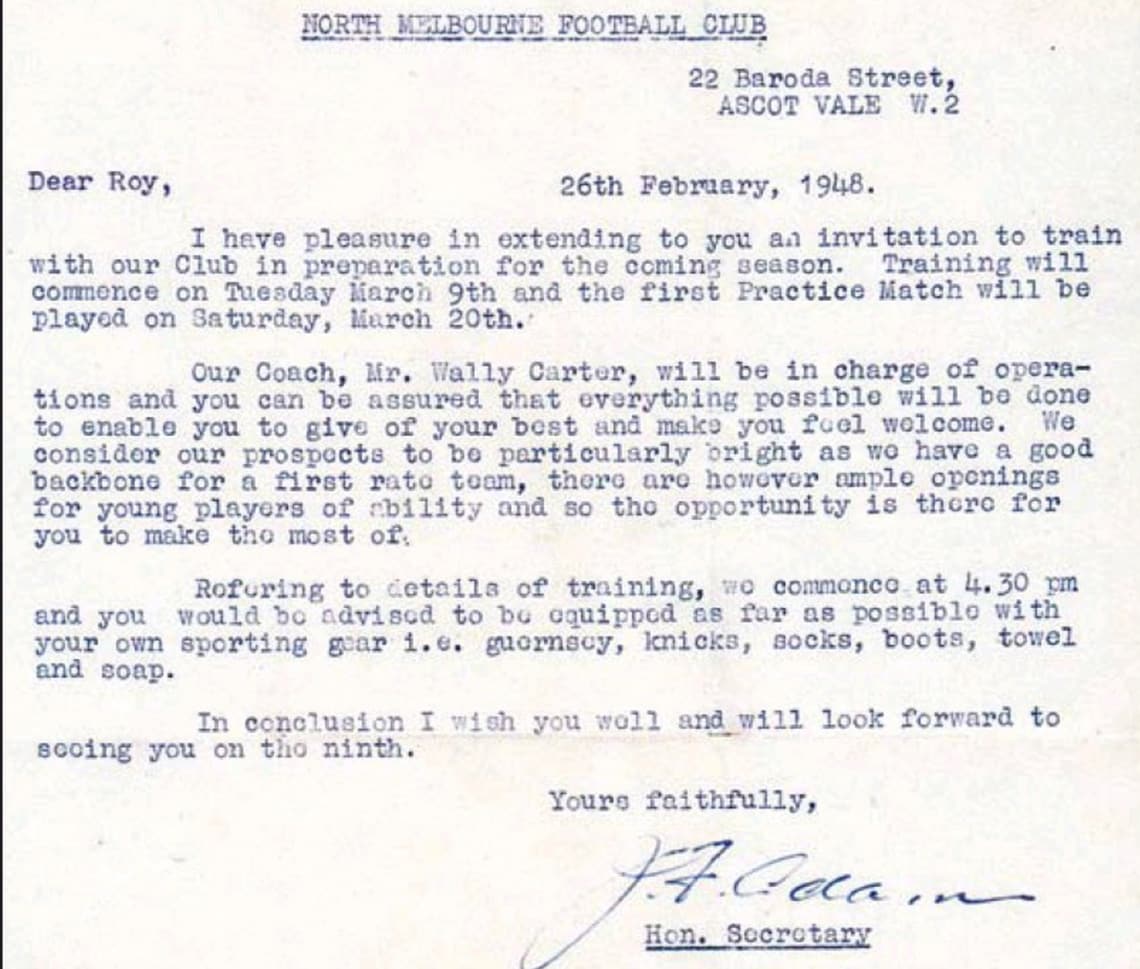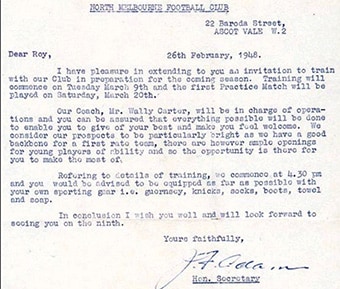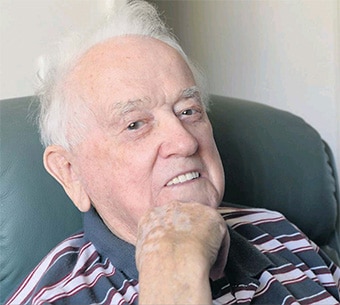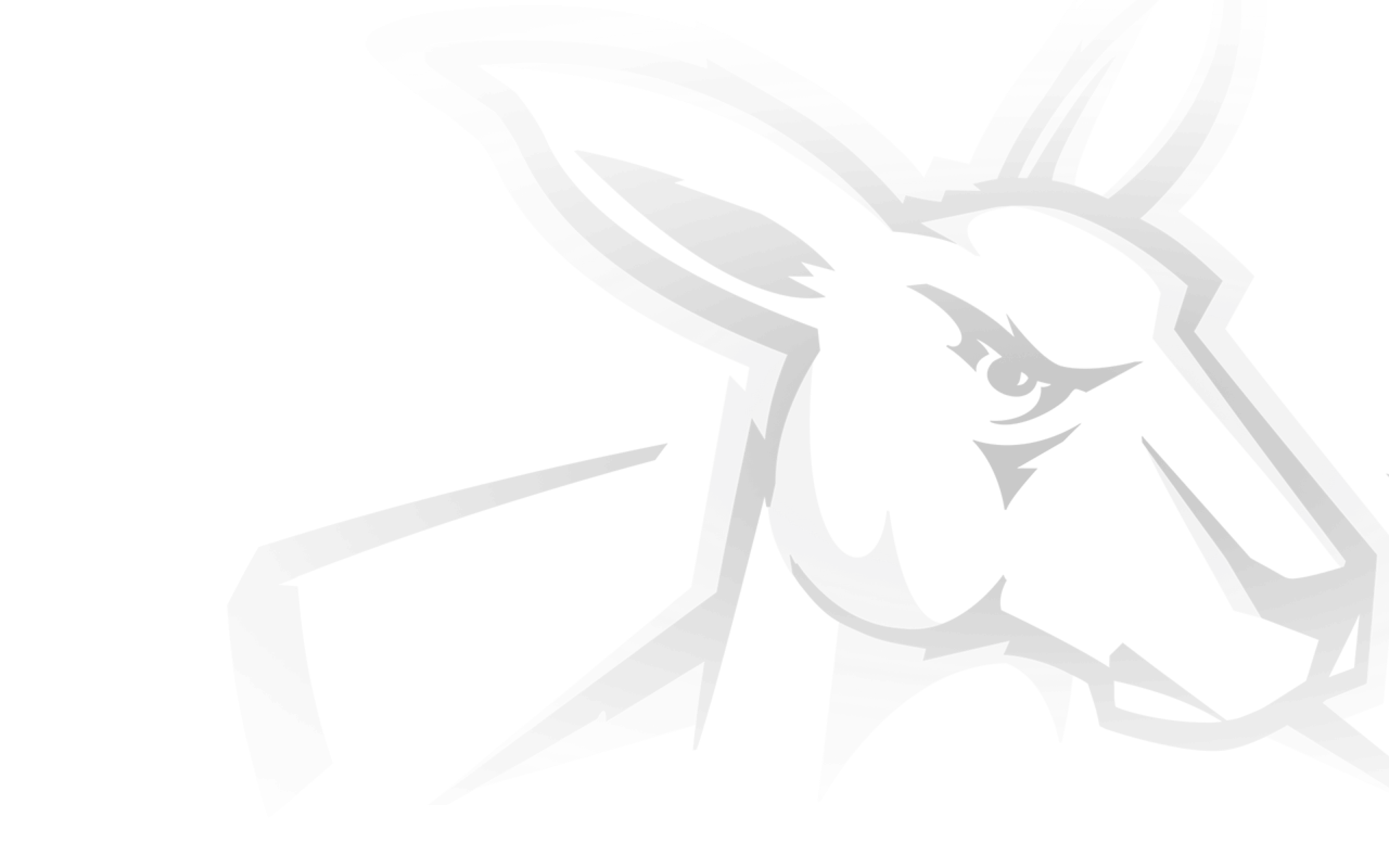Former North player Roy Eliason experienced the highs and lows during his short time at Arden Street in the late 1940s – and none more so than in his first game.
Eliason, who turned 89 last month and lives in the Victorian country town of Mooroopna, is the second-oldest living North player behind Keith McKenzie.
Although statistics show Eliason played a total of five games for North between 1948 and 1949, he is quick to downplay his involvement.
“I was on the ground for three games, I was 20th man in another game where I never got on the ground and I was an emergency in another game but had to get back to the seconds,” Eliason told NMFC.com.au.
After receiving a letter from club secretary Jack Adams dated February 26, 1948, Eliason’s association with North began with a practice match on March 20.
(Click to enlarge)
  |
The then 22-year-old needed just one game to get the nod and played his first VFL match for North against South Melbourne on July 24.
Eliason has vivid recollections of his debut but it didn’t get off to a memorable start; he suffered a fractured cheekbone in an attempted marking contest.
“I was only on for about five minutes and bang,” he said.
Although battered and bruised, Eliason defied the medico’s orders and played out the remainder of the match in the forward pocket.
“The trainer came to me and said I had to come off, but I was the 20th man and didn’t want to,” he said.
With the Roos trailing by four points with just seconds remaining in the final term, North great Kevin Dynon kicked the ball inside 50 and found Eliason, who took a safe chest mark.
The first-gamer was about 30 metres out on a 45-degree angle and had his sights set on kicking the goal.
“I staggered back and kicked it, and I don’t know how it missed the bloke on the mark – it didn’t rise very high,” Eliason said.
The ball failed to cross the line but landed in wingman Doug Johnson’s capable arms, who took front position in the goal square.
Johnson calmly converted what would be the match-sealing goal, handing North a two-point victory.
But it was a bittersweet result for Eliason, who missed “the rest of the season, which was another six matches” to recuperate from the cheekbone injury.
Eliason grew up in Lemnos, near the regional town of Shepparton, and said playing football in his junior years was “disjointed” due to World War II.
“I played at the Lemnos team (now known as the Shepparton Swans) when I was only 15 years old,” he said.
“Football went into recess throughout the country when the Japanese came into the war, so football virtually stopped.
“There were a few games, not officially, and we used to play games whenever we could.”
After his time at Lemnos, Eliason joined the air force in 1944 and continued playing in some inter-unit competitions.
He was later sent to Mildura to continue his air force training but still managed to play in the Sunraysia League until July 1945.
“I didn’t get away at all. I joined the air force and air crew, did some training but by the time we got through that initial training, the war was progressing very favourably,” he said, citing his desire to be discharged.
“When we passed our initial training, some went on to flying training and some didn’t – I was one of the ones who didn’t.”
Eliason played for Lemnos again in 1946-47 before receiving his invitation to train with North ahead of the 1948 season.
The Roos were challenging for a VFL premiership in the late ‘40s but Eliason missed out on taking part in the finals.
“In 1949, they improved and got into their first semi-final but were beaten by Carlton,” he said.
“In 1950, North played in the Grand Final against Essendon. I wasn’t there but a number of the players who I had played with in the seconds played in that final.”
Feeling “out of his environment” in Melbourne, Eliason packed his bags and returned home to Shepparton.
He went back to his old football team, Lemnos, but in his first game he “buggered up” his ankle and ultimately called it quits.
Over the course of his stop-start football career, Eliason liked performing roles in the centre, at centre half-back or the half-back flank but said he “would play wherever” the coach put him.
As a past player, Eliason is quick to point out the differences faced by modern day players – football has become a full-time occupation.
“By the time you put your energy in your day’s work, you didn’t have much left to put on the training track,” he said, citing his work as a carpenter.
“We went to training Tuesday and Thursday nights and you played a game on the weekend.”
Players’ positioning on the ground has also evolved and Eliason witnessed this firsthand during North’s second NAB Challenge match against Hawthorn in Shepparton a fortnight ago.
“The game the other week, I looked out over it, I saw about 36 players in about a quarter of the ground and when the ball went up the other end, 36 players were up the other end of the ground,” he said.
“If we didn’t stick to our position, you’d get told off – you had to be there and if you did happen to stray from it, you got back to it fairly quickly.”
But one thing hasn’t changed – Eliason still follows the Roos to this very day despite spending just a short amount of time at the club.
“Morally I support them but I don’t physically go out,” he said.
“I like to see them and I’d like to hear that they’ve won.”
 |
Photo: Julie Mercer, Shepparton News


